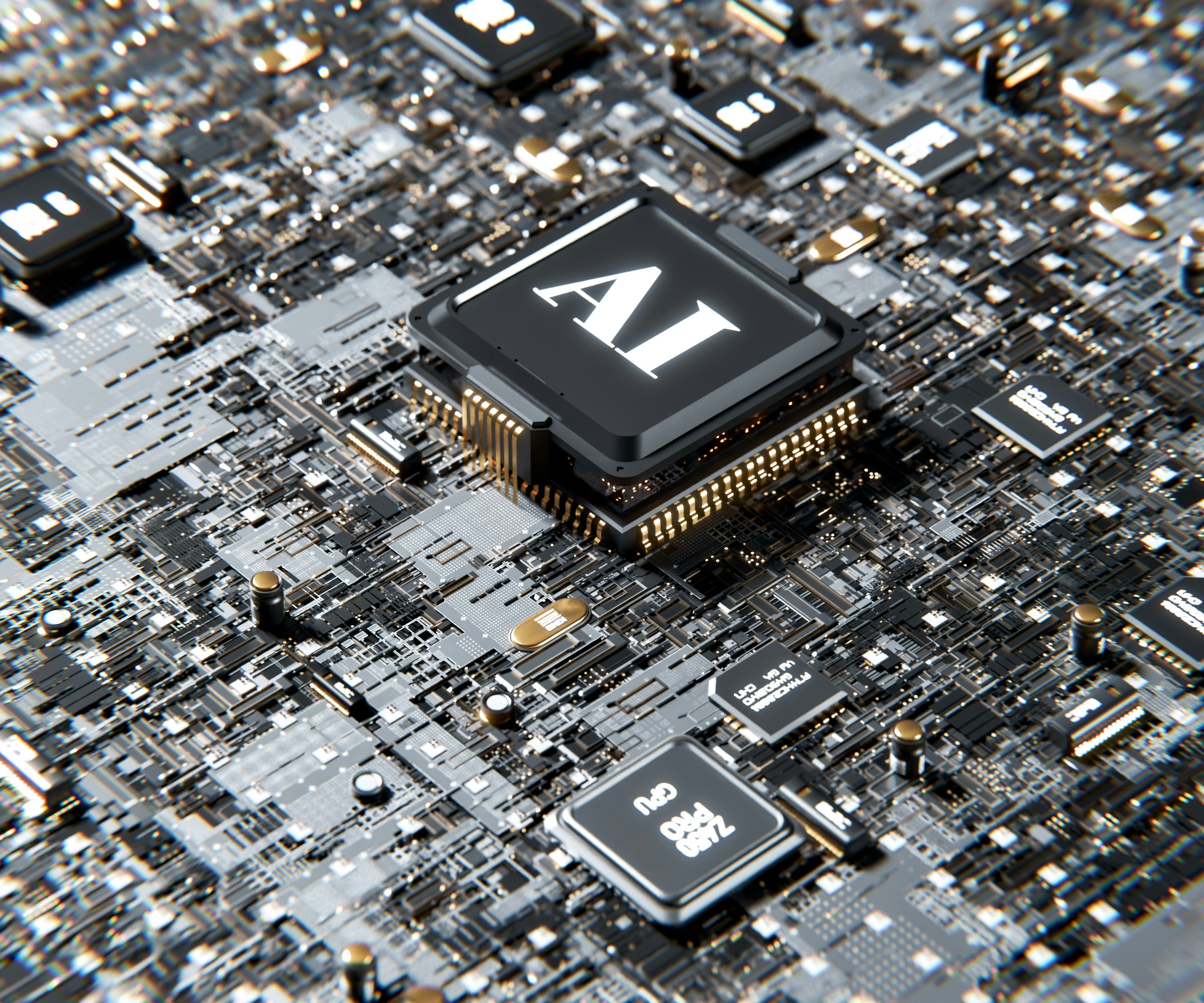Distinguishing Conversational AI from Generative AI
21 Oct 2023
6 min read
When it comes to chatbots and other customer service automation driven by Artificial Intelligence (AI), there are two key concepts that it’s essential to get your head around. That is: the difference between conversational AI and Generative AI.
It’s like teaching a kid to talk. Conversational AI is akin to learning phrases by rote – perfecting ‘please’, ‘thank you’, and the ever-important toilet request! Its programmed responses make our digital interactions smoother than Barry White on vinyl.
Generative AI, however, is more like creative storytelling. Imagine if our kid started inventing tales of dragon-slaying adventures or crafting sonnets on their favourite teddy bear – all based on patterns they’ve absorbed from bedtime stories.
Understanding Conversational AI
Conversational AI is a breakthrough in technology that’s transforming the customer service landscape. It utilises innovative machine learning procedures to converse with people in a manner that appears natural and instinctive. The name is pretty descriptive. It’s Artificial Intelligence that appears to imitate a conversation, answering questions, clarifying statements and so on.
The Role of NLP in Conversational AI
Natural Language Processing (NLP) sits at the heart of conversational AI, enabling machines to understand user inputs effectively. This capability is built into AI models, and allows for applications such as chatbots, virtual assistants like Google Assistant or Amazon Alexa, and messaging apps designed to enhance the customer service experience.
This language understanding goes beyond simple keyword recognition. By interpreting context and sentiment, these smart systems can extract meaningful insights from conversations – improving responses while delivering personalised experiences.
Applications of Conversational AI
Beyond customer support desks or contact centres, conversational AI has broad-reaching applications across various industries. Businesses are leveraging this tech for streamlining processes by automating tasks traditionally done by humans.
In particular sectors where quick response times are crucial – such as ecommerce or healthcare – its impact on enhancing efficiency and boosting satisfaction levels cannot be overstated.
Unpacking Generative AI
If you’ve ever marveled at the ability of apps to suggest music or films based on your past choices, then you’ve already had a brush with generative AI. This form of AI technology uses machine learning techniques like generative adversarial networks (GANs) and transformer models to generate new content.
How Generative Adversarial Networks Work
The secret sauce behind GANs is its dual structure: it has two parts that play against each other, hence ‘adversarial’. One part generates original outputs while the other judges these creations based on their resemblance to real-world data.
This process enables machines to create text, music, artwork or even 3D models. Think about this as an artist who keeps sketching until they can fool an art critic into thinking it’s a masterpiece.
However, creating believable fakes isn’t just for fun. It can help businesses offer better customer experience by tailoring responses in chatbots or with content generation to resonate with customers’ interests.
NOTE:
*Think of Generative AI as teaching a computer to whip up fresh content, all by learning from patterns and traits in a given dataset.*
Distinguishing Between Conversational and Generative AI
So we’ve got a handle on both, but what is the difference between Conversational AI and Generative AI. Let’s demystify this.
Conversational AI typically presents as a chat interface. It understands user inputs using natural language processing (NLP) techniques to give human-like responses. Well-known examples include Google Assistant and many customer service chatbots. Its aim is to make life simpler by promptly responding to queries and performing tasks for you.
On the flip side, we have generative AI models which are trained using advanced machine learning techniques like GANs – Generative Adversarial Networks. This AI type lacks a traditional user interface as it concentrates more on producing novel material than engaging with users directly. For instance, they can produce original outputs based on patterns from training data – think music composition or 3D modelling.
However where they start to intertwine is with something like ChatGPT where there is a chat interface paired up with a generative AI. So you can have a form of conversation, even if it is you just asking the AI to answer questions, but the answers are generated.
Their functionalities might seem different but there’s an overlap between these two forms of technology; conversational AIs often employ some aspects of generative techniques too. Now that’s something worth noting down.
The Intersection of Conversational and Generative AI
When conversational AI meets generative AI, it’s like adding the brain to a chatbot. Let’s explore this overlap in more detail.
Enhancing Customer Experience with Generative Techniques
Imagine you’re using Google Assistant – an excellent example of a conversational AI model. It responds based on pre-set language patterns and user inputs. Now, add some creativity into the mix. That’s where generative techniques come in handy.
A generative adversarial network (GAN), is one such technique that enables machines to generate creative content from scratch – much like how an artist creates new artwork.
Incorporating these capabilities can lead to real-time coaching and suggested responses becoming even more personalised for customers – just as Gartner found out when 38% respondents considered customer experience their primary focus for investing in generative models.
This blend could help contact centres get meaningful insights about customers while ensuring they feel understood at all times. After all, who wouldn’t want business processes so smooth that even natural interactions become second nature?
Future Prospects of Conversational and Generative AI
The domain of AI tech is in a constant state of change, particularly with regard to conversational and generative models. These technologies have room for advancements but need strong design expertise to maximize their potential in customer experience strategies.
Take conversational AI, for example. It’s not just about Google Assistant or other well-known examples anymore. We’re now looking at how this technology can understand user inputs even more accurately, extract meaningful insights from those interactions, and generate responses that feel human-like.
In contrast, generative AI takes a different approach. It creates content using machine learning techniques like generative adversarial networks (GANs). The future here lies in improving these methods so they produce original outputs based on inputs with greater precision and creativity.
The magic really happens when these two come together – think natural language generation meeting creative content creation. Imagine your business processes powered by an AI model capable of understanding customer queries while simultaneously generating relevant answers. A bit like having your own digital genius (do you see what we did there?).
How it works in the contact center
Most of the AI that has been deployed up until now has been conversational AI. This would involve someone building stock responses when the AI detects that a certain question or request has come in. This kind of call and response is what we mean by conversational AI.
But now people are experimenting with generative AI where the responses are not written by a human. This could be that a wide range of responses are generated and a human in a contact center vets and approves the best ones. Or even that the generative AI is set free (albeit on “rails” to limit it going off on irrelevant tangents), and is answering the questions as they appear.
The result should be faster responses for customers when the AI is able to answer the questions. If the system is designed well, it will know its limitations and will pass anything it cannot answer back to a human agent to pick up.
For an organisation this helps to triage tickets and deflect the simpler ones away from agents, meaning that the helpdesk is clear of repetitive and mundane queries. At the same time agents have more interesting and challenging queries to deal with, where a degree of flexibility is required. So it’s a win-win-win for the customer, the agents, and the retailer which will see the benefits of an improved customer experience.
Conclusion
Let’s pause to appreciate the enchantment of AI. We’ve navigated through the complexities of Conversational and Generative AI, dissected their differences, and explored how they can work together.
The difference between conversational AI and generative AI is clear: one gives us chatbots that understand user inputs like humans while the other creates content in an original manner. But it’s not all black-and-white – these technologies often intertwine for enhanced customer experiences.
We’ve seen how NLP helps machines understand our language patterns. GANs have also caught our attention with their ability to generate creative content based on learned data.
Remember, these two can be better together! They can create more robust knowledge centres, offer suggested responses or even provide real-time coaching when combined correctly.




